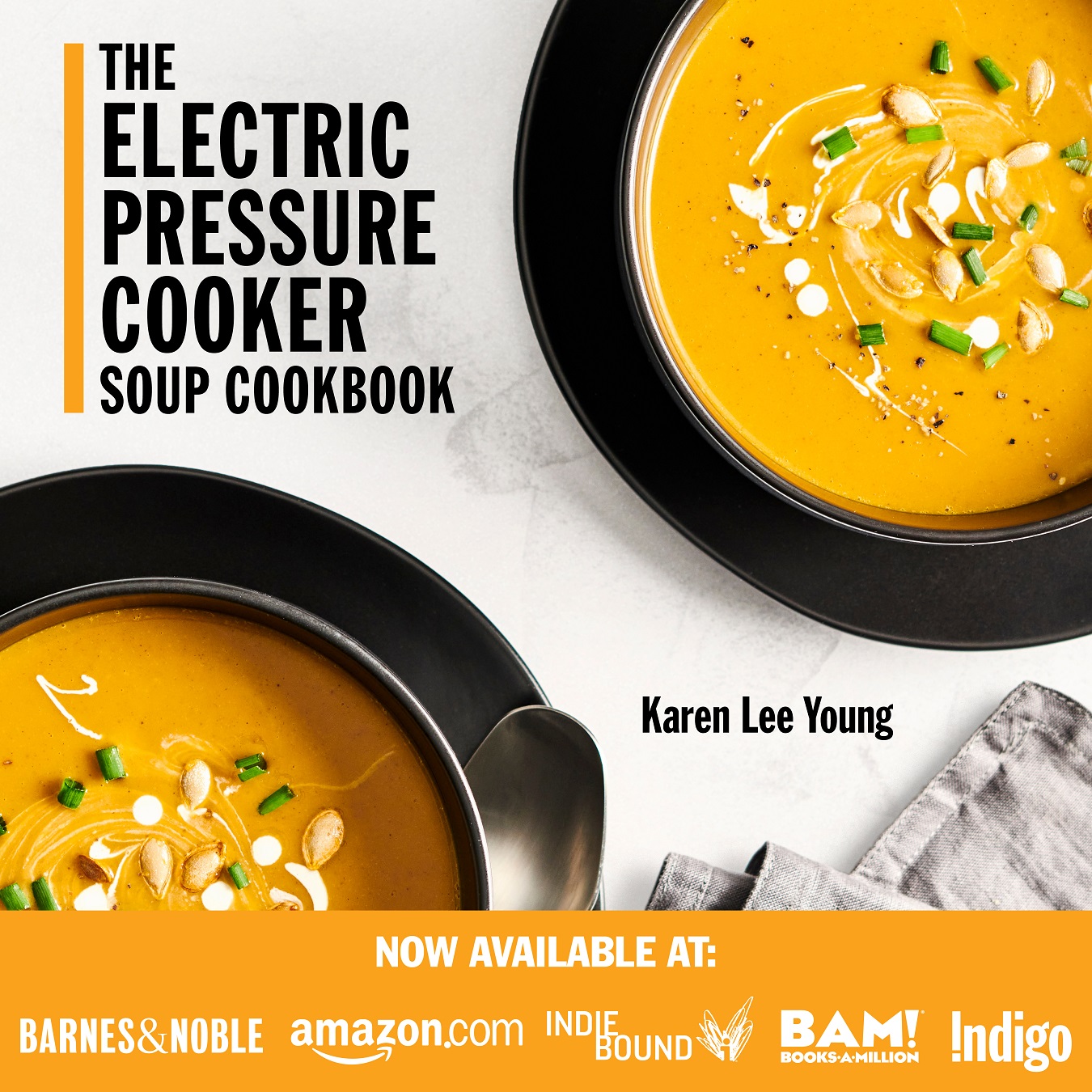Last Updated on February 9, 2025 by Karen
Discover the key differences between Filipino lumpia and egg rolls, including their ingredients, cooking methods, and flavor profiles, to help you decide which crispy snack to enjoy.
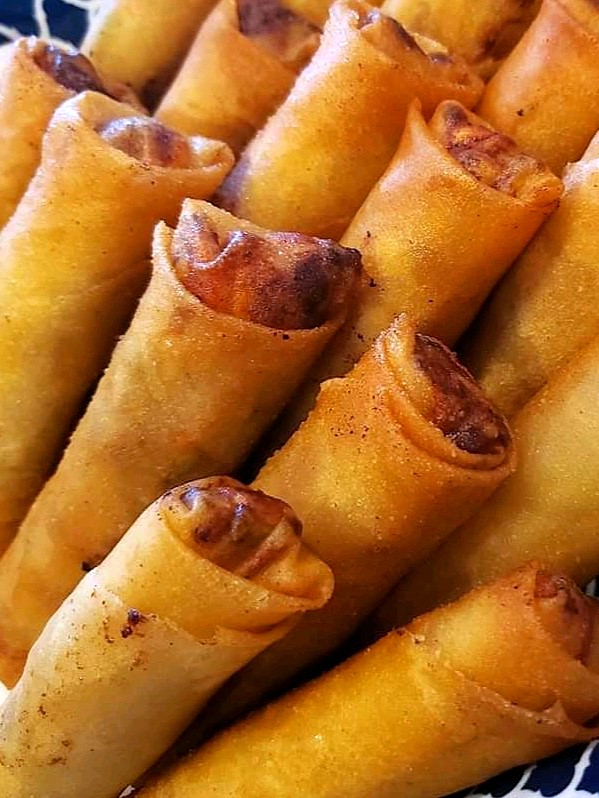 Discover the key differences between Filipino lumpia and egg rolls, including their ingredients, cooking methods, and flavor profiles, to help you decide which crispy snack to enjoy.
Discover the key differences between Filipino lumpia and egg rolls, including their ingredients, cooking methods, and flavor profiles, to help you decide which crispy snack to enjoy.
If you’ve ever walked into an Asian restaurant or Asian markets, you’ve likely encountered both lumpia and egg rolls on the menu. These crispy, savory snacks are often served as appetizers or street food, but what exactly sets them apart? Whether you’re making them for the first time or you’ve been enjoying them for years, understanding the differences between Filipino lumpia and egg rolls can elevate your appreciation for these beloved dishes.
In this post, we’ll explore the distinctions between lumpia and egg rolls, from the ingredients and wrappers to the cooking methods. Whether you’re a fan of savory lumpia or crispy egg rolls, by the end of this article, you’ll know which one is the right choice for your taste buds!
What Is Lumpia?
Lumpia is a Filipino dish, and like many dishes from Filipino cuisine, it has influences from various cultures, including Chinese traders who brought their own version of spring rolls. Lumpia is typically made with a thin wrapper—often called a lumpia wrapper (a bit like Chinese spring roll wrappers)—that’s much lighter and crispier than the thicker egg roll wrappers found in Chinese egg rolls. The wrapper is key to the crispy texture that makes these rolls so irresistible. There are different types of lumpia, but the most common are lumpiang shanghai (deep-fried spring roll) and lumpiang sariwa (fresh spring rolls, sometimes called summer rolls).
In most Filipino lumpia recipe, the filling often contains ground pork, ground beef, or sometimes shrimp. But no matter the protein, vegetables like bean sprouts, carrots, and bamboo shoots are the main ingredients, giving the filling a savory, slightly sweet flavor. Some even reinvent lumpia into a dessert! After the lumpia filling is rolled up tightly inside a lumpia wrapper, it’s deep-fried in hot oil (usually vegetable oil), turning golden brown and crispy on the outside, then cooled on a wire rack.
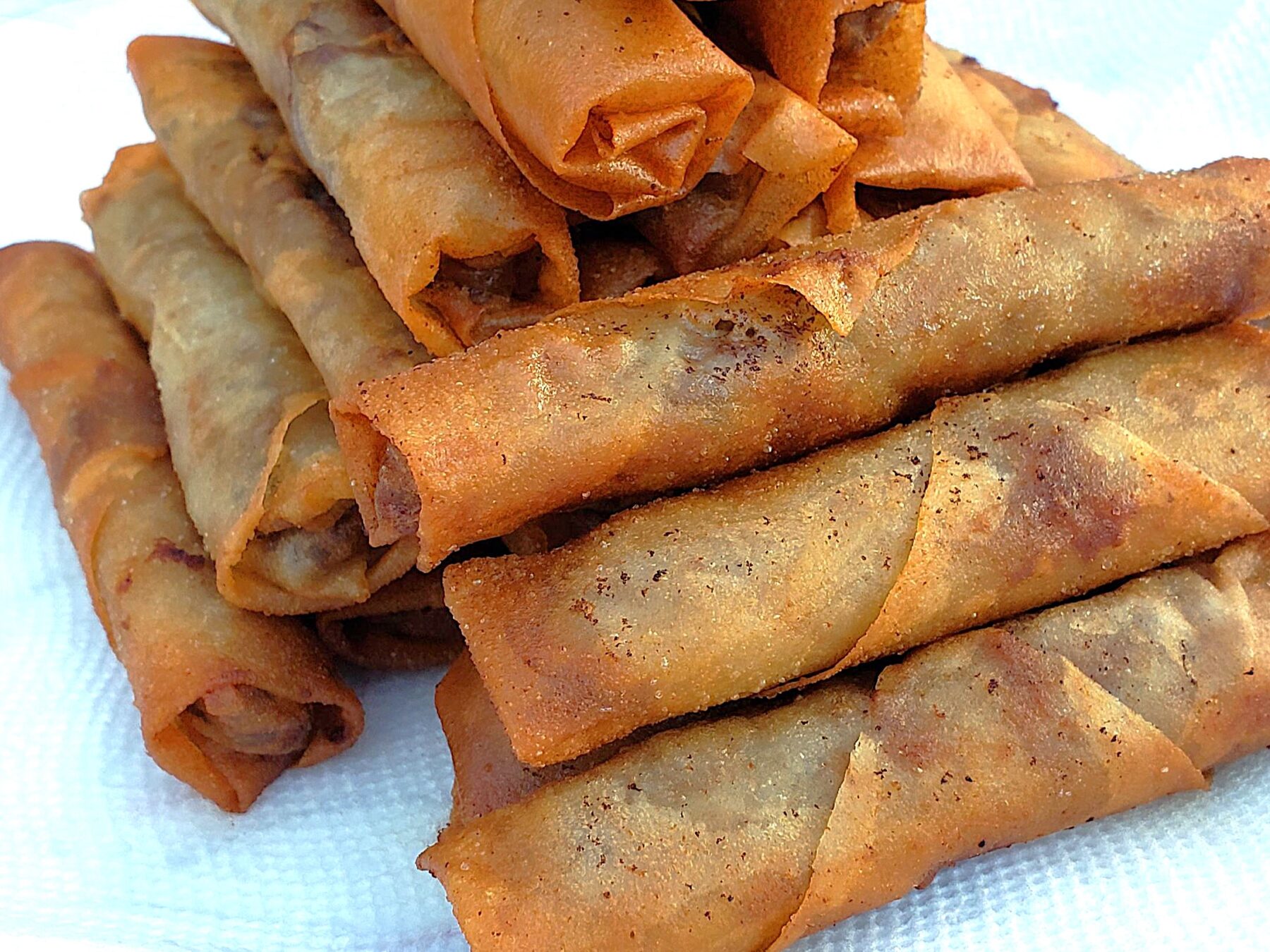
Sweet dipping sauces, like banana sauce or sweet chili sauce, are commonly served on the side to complement the savory lumpia. You can even make it a fun activity with your family by turning the lumpia assembly into an assembly line, where everyone helps roll the lumpia wrappers before frying!
Lumpia is more than just a snack; it’s a popular dish at Filipino parties, street food stalls, and even dim sum restaurants. And with Filipino food gaining popularity across the United States, you can easily find delicious variations of this dish at Filipino restaurants or even Vietnamese restaurants that serve a version of spring rolls.
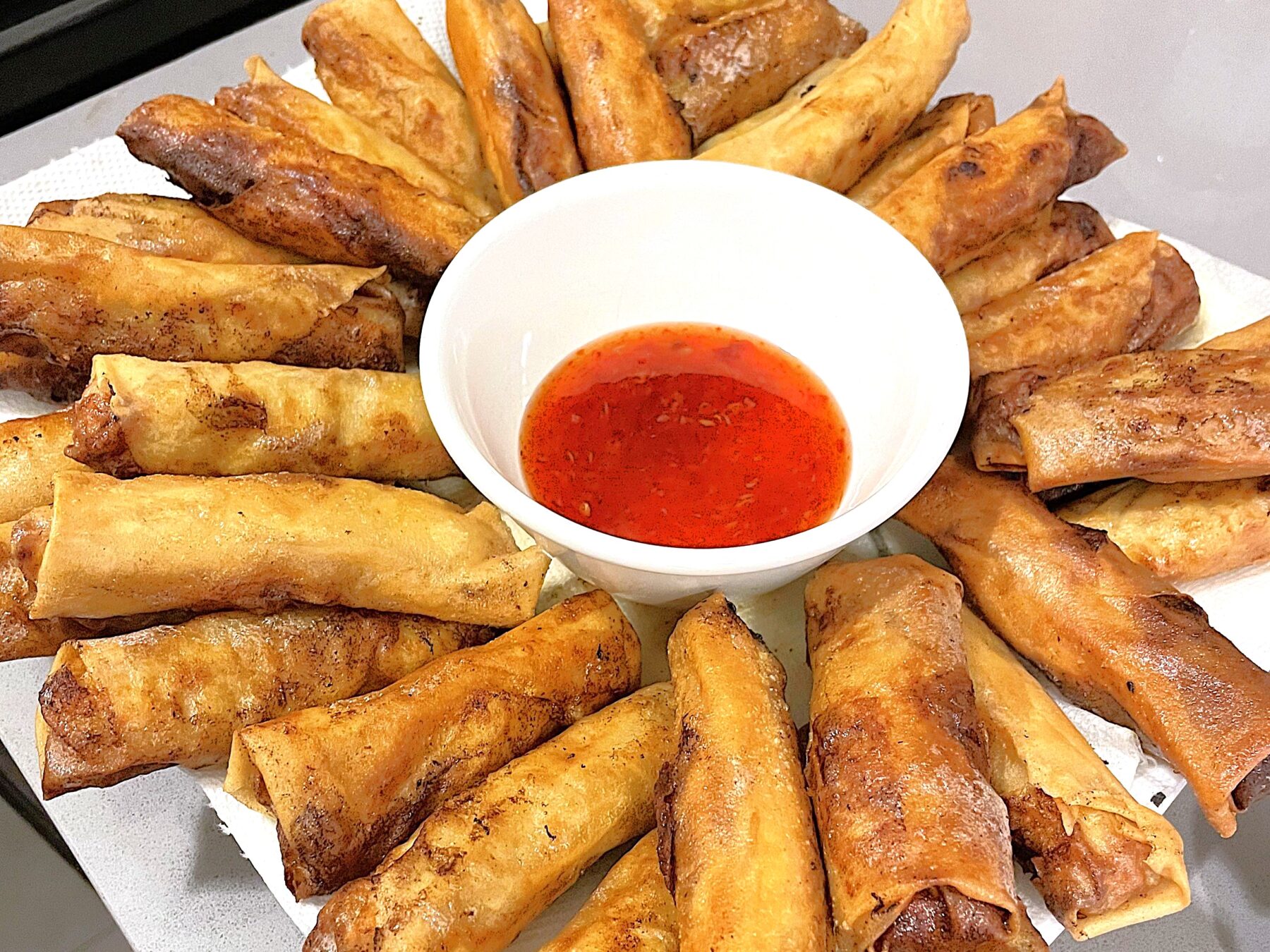
What Are Egg Rolls?
Egg rolls are deeply rooted in Chinese cuisine, and while they may look similar to lumpia, they have some notable differences. The egg roll wrapper is typically thicker and made from wheat flour, making it more substantial and heartier than the delicate, thin, traditional lumpia wrapper. Egg rolls are typically filled with ground pork or beef, but some recipes also include shrimp or chicken. Vegetable filling with ingredients like cabbage, carrots, shitake mushrooms, and bean sprouts are also part of the Chinese egg roll filling.
Much like lumpia, egg rolls are deep-fried, but the filling is often more substantial, and the crispy wrapper is slightly thicker. Egg rolls are also typically served with a sweet and sour sauce or sour dipping sauce, often made with soy sauce and a little rice vinegar. While lumpia tends to be more delicate with a subtle sweetness, egg rolls have a Chinese influence savory and hearty flavor that’s ideal for those who prefer something a bit more filling.
Chinese egg rolls are most commonly seen in Chinese restaurants, but they have also been embraced in Vietnamese cuisine, where they’re known as Vietnamese egg rolls or cha gio, usually made with rice paper wrappers. These rolls often have a slightly different flavor profile, thanks to the use of fish sauce and other unique spices. And just like lumpia, egg rolls can be served with a variety of dipping sauces like hoisin sauce or a savory soy sauce mixture.
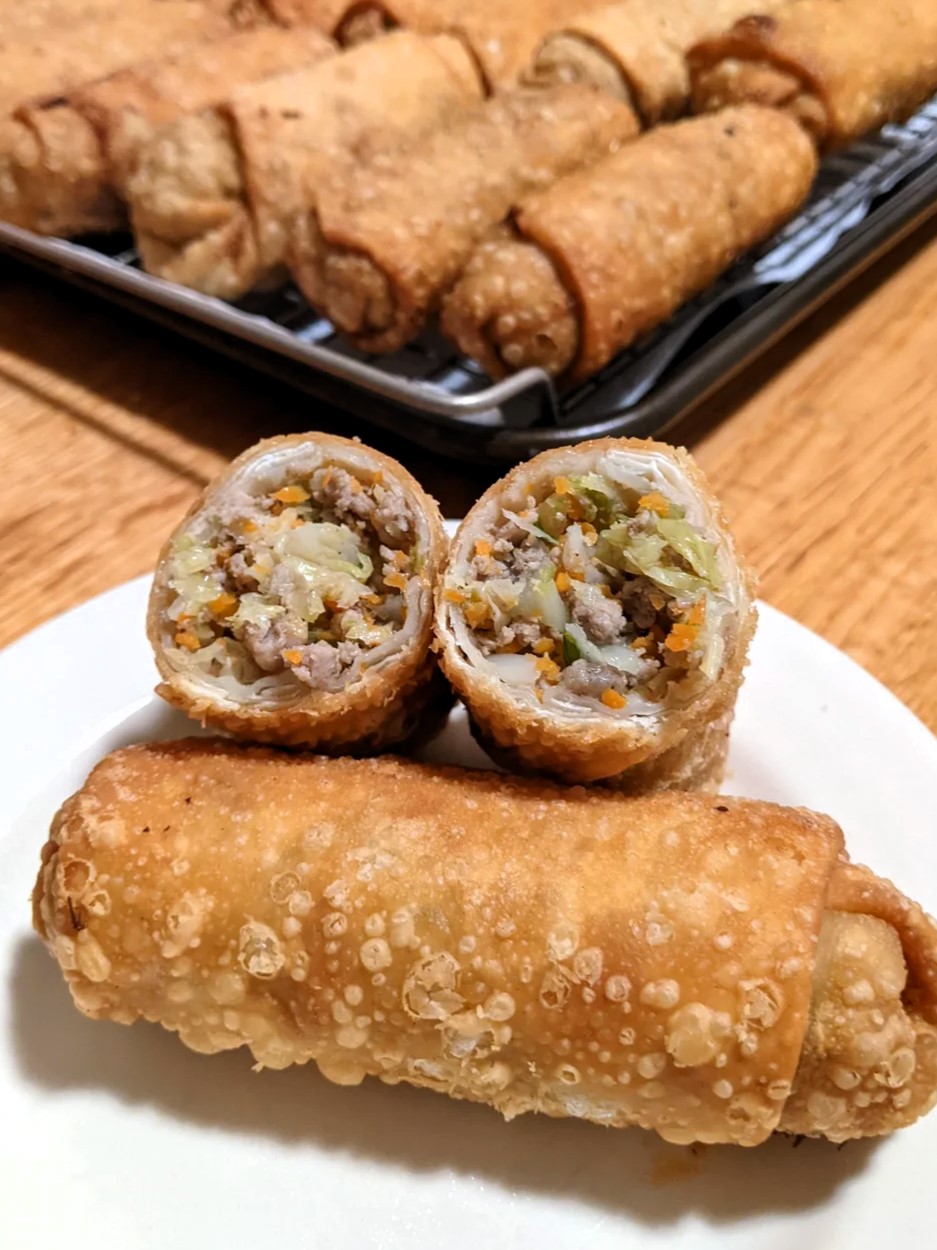
Key Differences Between Lumpia and Egg Rolls
Wrappers: The wrapper is the first major difference between lumpia and egg rolls. Lumpia uses thin, delicate wrappers, often rice-paper wrappers, while egg rolls are typically made with thicker, wheat-based wrappers. This gives egg rolls a heartier texture, while lumpia is lighter and crispier. The lumpia wrapper is often described as crepe-like and is ideal for rolling up the savory meat mixture.
Filling: Both dishes are filled with a savory meat mixture, but lumpia often includes a blend of vegetables like bean sprouts, bamboo shoots, and carrots, with ground pork or beef. Egg rolls also include vegetables but are typically more cabbage-heavy. Some variations of egg rolls also feature noodles like rice noodles or even shrimp.
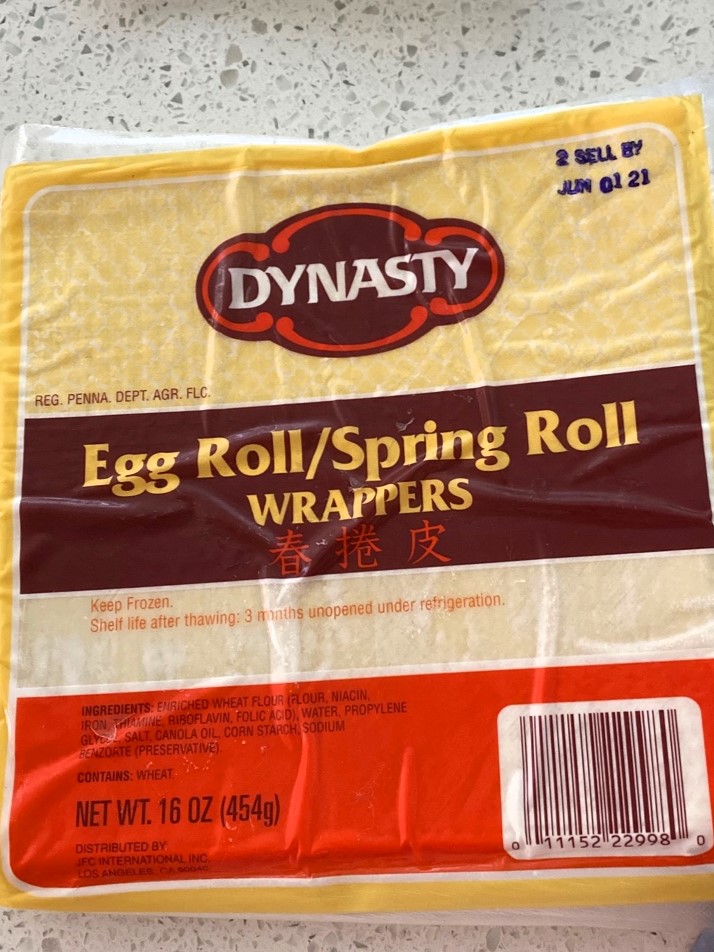
Flavor: Lumpia has a slightly sweet and savory flavor, especially when paired with banana ketchup or sweet chili sauce. Egg rolls, on the other hand, have a more savory flavor, with soy sauce or hoisin sauce bringing out the salty richness of the filling.
Cooking Methods: Both lumpia and egg rolls are typically deep-fried, but the cooking technique may differ slightly. Lumpia is usually fried at medium heat, allowing the thin wrapper to crisp up perfectly. Egg rolls are often fried at medium-high heat, which gives them a thicker, crunchier crust. Both are best served immediately after frying for that crispy texture!

Is Lumpia Wrapper Gluten Free?
Lumpia wrappers are typically not gluten-free. Traditional lumpia wrappers are made from wheat flour, water, and sometimes salt, which means they contain gluten. These wrappers are thin, delicate, and used to wrap the filling for lumpia, a popular Filipino spring roll.
However, if you’re following a gluten-free diet, there are alternatives. Some options include:
Rice Paper: While it’s slightly different in texture and appearance, rice paper can be used as a gluten-free alternative to lumpia wrappers. It’s commonly used in Vietnamese spring rolls and is available in many stores.
Gluten-Free Flour Lumpia Wrappers: Some brands offer gluten-free lumpia wrappers made from rice flour or other gluten-free ingredients. These are a great option if you’re looking to stick to traditional lumpia but need to avoid gluten.
Homemade Gluten-Free Wrappers: You can also make your own gluten-free wrappers at home using rice flour, tapioca flour, or other gluten-free starches. While the texture may differ from traditional lumpia wrappers, it’s a great option for those who want to make lumpia without gluten.
Always check the packaging when purchasing store-bought wrappers or ask the vendor to ensure the product is gluten-free if you’re out shopping.
Is Egg Roll Gluten Free?
Traditional egg roll wrappers are not gluten-free. Like lumpia wrappers, most egg roll wrappers are made from wheat flour, which contains gluten. The dough is typically rolled out into thin sheets and then fried, giving the egg rolls their crispy texture.
However, there are gluten-free options available if you’re looking to enjoy egg rolls while avoiding gluten:
Gluten-Free Egg Roll Wrappers: Some brands offer gluten-free egg roll wrappers made with rice flour, tapioca flour, or other gluten-free ingredients. These can often be found in health food stores or Asian markets, and they provide a similar texture to traditional egg roll wrappers.
Rice Paper: Another gluten-free alternative is using rice paper (the kind often used for Vietnamese spring rolls). While it’s thinner and more delicate than traditional egg roll wrappers, it can still create a crispy result when fried.
Homemade Gluten-Free Egg Roll Wrappers: If you want to make your own egg rolls from scratch, you can prepare gluten-free wrappers using a mixture of rice flour, tapioca flour, or other gluten-free flours. Making the wrappers at home allows you to control the ingredients and ensure they’re completely gluten-free.
Be mindful of the fillings as well. While most egg roll fillings (like vegetables, pork, and chicken) are naturally gluten-free, sauces and seasonings (such as soy sauce) may contain gluten. You can substitute with gluten-free soy sauce (like tamari) or other gluten-free seasonings.
If you’re buying pre-made egg rolls or eating out, always check to see if the wrappers and fillings are made with gluten-free ingredients, as recipes and ingredients can vary.
Which One Should You Choose?
Choosing between lumpia and egg rolls really depends on what you’re in the mood for. If you want something lighter and more delicate, go for lumpia. The thin wrapper and slightly sweet filling make it a versatile Filipino dish that pairs well with a variety of dipping sauces and Filipino dishes like chicken adobo.
However, if you’re looking for something more substantial and hearty, egg rolls are the way to go. The thicker wrapper and savory, cabbage-heavy filling will fill you up and make for a satisfying snack or appetizer.
Personally, I love both, and I recommend trying both if you haven’t already! You can even experiment with different fillings and wrappers at home. For instance, if you’re into TikTok -Make trends, you might come across creative ways to make Filipino lumpia or Chinese egg rolls using an air fryer or swapping in rice-paper wrappers for a healthier alternative.
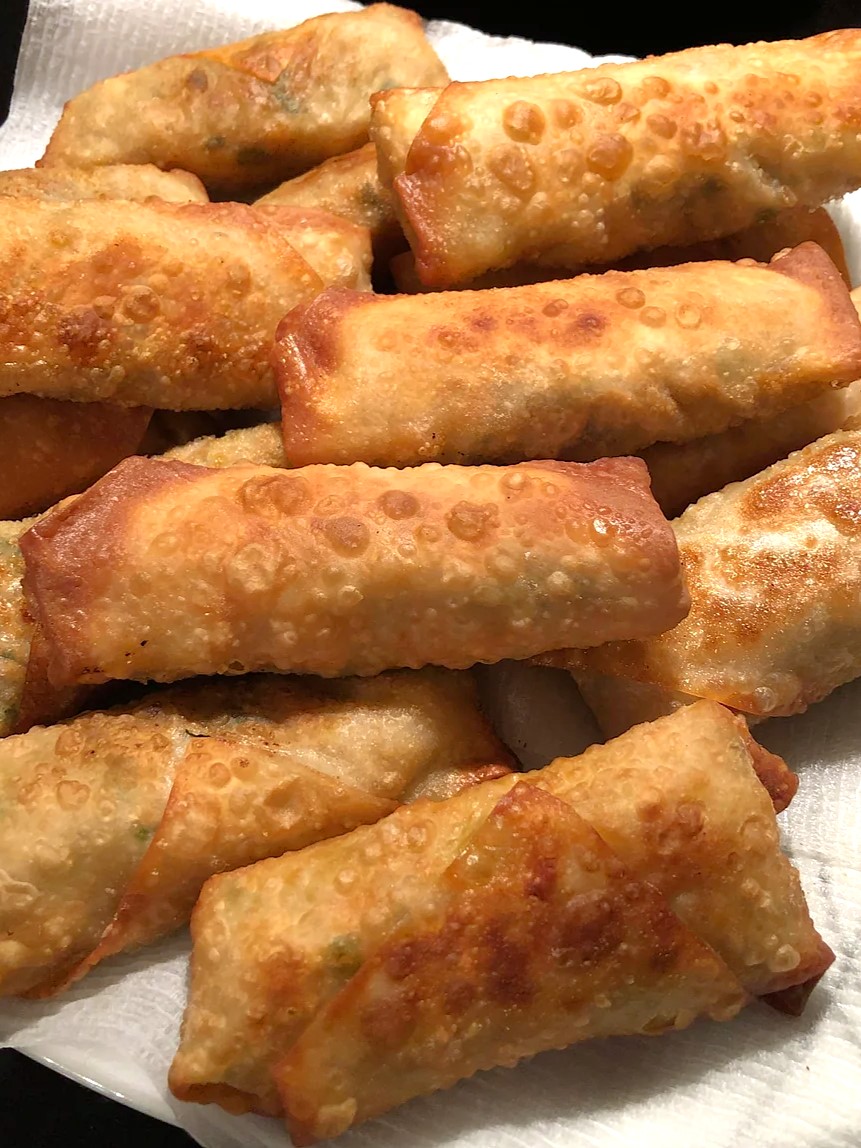
Different Ways to Enjoy Lumpia and Egg Rolls
If you’re feeling adventurous in the kitchen, why not try making your own version of these crispy treats? For lumpia, you could try using spring roll pastry or even wonton wrappers if you’re short on lumpia wrappers. If you’re after a crispy texture, deep-fry your rolls in hot vegetable oil until golden brown. You can also use a baking sheet and oven to make them healthier!
Or, for a refreshing twist, why not try fresh Filipino lumpia, such as lumpiang sariwa (fresh lumpia) next time? This version skips the deep-frying and uses a soft crepe-like wrapper to roll up a mix of veggies and savory meats. Top it with a generous amount of sweet dipping sauce, and you’ve got yourself a delightful meal.
Both lumpia and egg rolls are amazing additions to any Asian cuisine spread, whether you’re enjoying them at a dim sum feast, making them at home, or buying them from your local Filipino or Vietnamese restaurant.
If you’ve tried both lumpia and egg rolls, I’d love to hear your thoughts! Which one is your favorite? Feel free to share your comments below!






